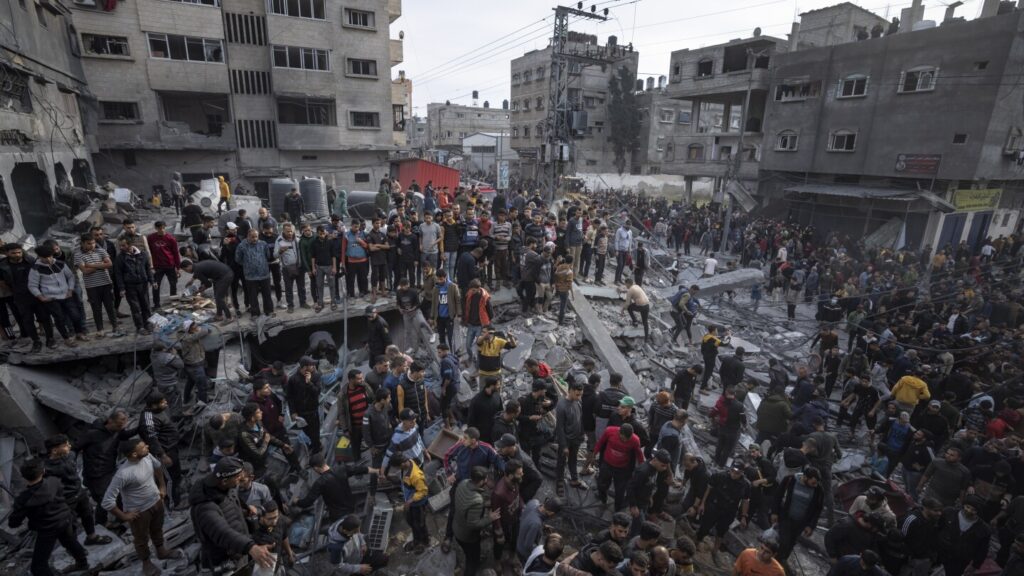The Associated Press analyzed deaths in the Israeli-Hamas war, using data provided by the Gaza Strip's Ministry of Health, and found that the percentage of women and children killed has been declining over time.
The ministry, which is part of the Hamas-run government in the Gaza Strip, does not distinguish between civilian and combatant deaths, so the proportion of women and children killed is seen as the best indicator of civilian deaths.
The ministry regularly publishes the data that it uses to update its daily death toll. The data was published on social media in late October, early January, late March and late April, listing the names of individuals the ministry says died in the war.
The AP analysis was based on people identified by the Health Ministry by name, sex, date of birth and Israeli-issued ID number, which accounted for about 23,000 deaths in April.
The death toll, published daily by the ministry and frequently reported by foreign media, is far higher than the actual number and is not limited to only those who have been fully identified.
The ministry reports daily death tolls of 34,622 at the end of April and 36,379 at the end of May, without providing any data on which to base these figures. The death tolls include bodies unclaimed by families, bodies too decomposed to be identified, bodies lost in Israeli raids on hospitals, and bodies whose records are incomplete.
According to Ministry of Health data, the proportion of women and children killed in the war has decreased over time, even as the overall death toll has increased: from 64% (4,344 of 6,745 identified) in October to 62% (8,711 of 14,114) in early January, 57% (11,296 of 19,859) in late March, and 54% (12,479 of 22,961) as of April 30.
According to Health Ministry data, women and children accounted for 38% of newly confirmed deaths in April (1,183 out of 3,102).
The Health Ministry data also includes bodies that have not been fully identified since March, mainly because they lack Israeli-issued ID numbers; there were 402 bodies in this category in March and 1,699 in April.
The data provided to The Associated Press was incomplete in other ways, too. Among those who were fully identified, some were listed twice by the ministry: 531 people were counted twice in March, and 11 people were counted twice in April.
The AP excluded bodies that were not fully identified or that were duplicates from its analysis, but excluding them did not substantially affect the proportion of women and children killed (less than 1 percent).
Once the war is over, the Ministry of Health will be able to fully identify many more bodies and obtain a clearer record of the war's overall casualties and its impact on different groups.
___
This article revised the number of fully identified deaths in the January dataset to 14,114.



